The United States is covered by 7% of its water bodies, including rivers, lakes, and the ocean. The country has over 3 million lakes, which are important sources of freshwater for both humans and wildlife.
But out of these three million lakes, which are the top 10 largest lakes in the United States? Want to know which lakes make it to the top of the list based on their size and volume?
We've made a list of the top 10 largest lakes in America, which includes iconic bodies of water such as Lake Superior, Lake Michigan, and Lake Huron. Let's explore the largest lakes in the United States to discover their significance and beauty.
List of the Largest Lakes in US
Here is the list of the top 10 largest lakes in America that have made a significant impact on the geography and environment of the region. These lakes include:
| Ranking | Name of the Lake | Located at | Surface Area (sq mi) | Swimmable |
| 1 | Lake Superior | USA/Canada | 31,700 | Yes |
| 2 | Lake Huron | USA/Canada | 23,000 | Yes |
| 3 | Lake Michigan | USA | 22,400 | Yes |
| 4 | Lake Erie | USA/Canada | 9,910 | Yes |
| 5 | Lake Ontario | USA/Canada | 7,340 | Yes |
| 6 | Lake of the Woods | USA/Canada | 1,679 | Yes |
| 7 | Iliamna Lake | Alaska, USA | 1,012 | Yes |
| 8 | Great Salt Lake | Utah, USA | 1,700 - 3,000 | No (high salinity) |
| 9 | Lake Oahe | North/South Dakota, USA | 374 | Yes |
| 10 | Lake Okeechobee | Florida, USA | 730 | Yes |
Source: Best Diplomats.org
Lake Superior
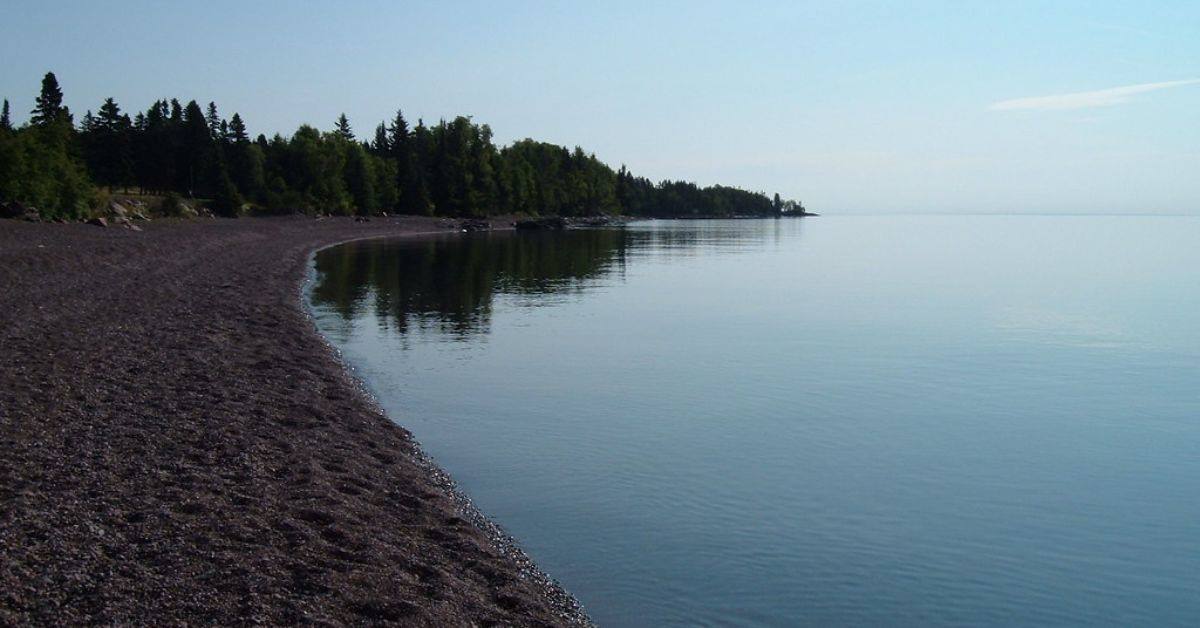
Source: Flickr
Lake Superior is one of the most iconic and largest lakes in North America, known for its stunning natural beauty and crystal-clear waters. It is also the coldest and deepest of the Great Lakes, with a maximum depth of over 1,300 feet.
The lake is home to over 80 species of fish, and its shoreline, which spans over 2,700 miles, provides important habitat for a variety of wildlife, including bald eagles and grey wolves. Furthermore, it is surrounded by numerous historic lighthouses. Many of them are still active today.
Lake Huron
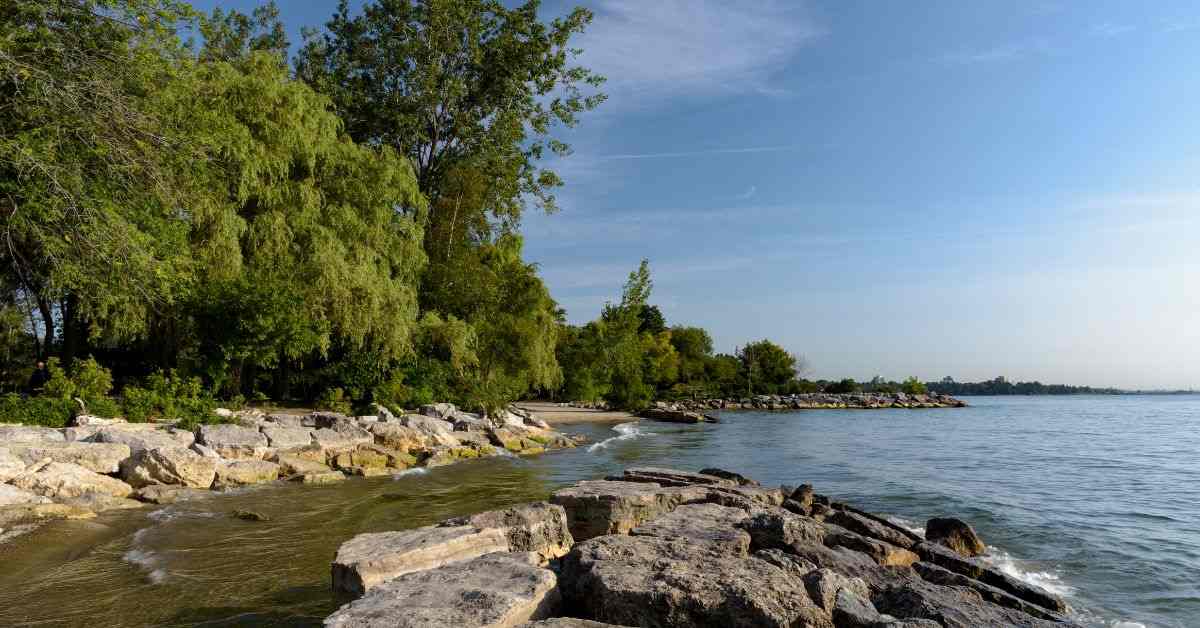
Source: Wikimedia Commons
Lake Huron is the second-largest lake and is renowned for its clear waters and beautiful beaches. The lake consists of approximately 30,000 islands, making it the largest freshwater island system in the world. It is connected to Lake Superior via the St. Marys River.
Additionally, the lake has many fascinating stories related to it. It was said that the lake was the abode of a legendary mythical creature named 'Nessie.' Although there is no proof of the creature's existence, many people still believe that it dwells in the lake to this day.
Lake Michigan
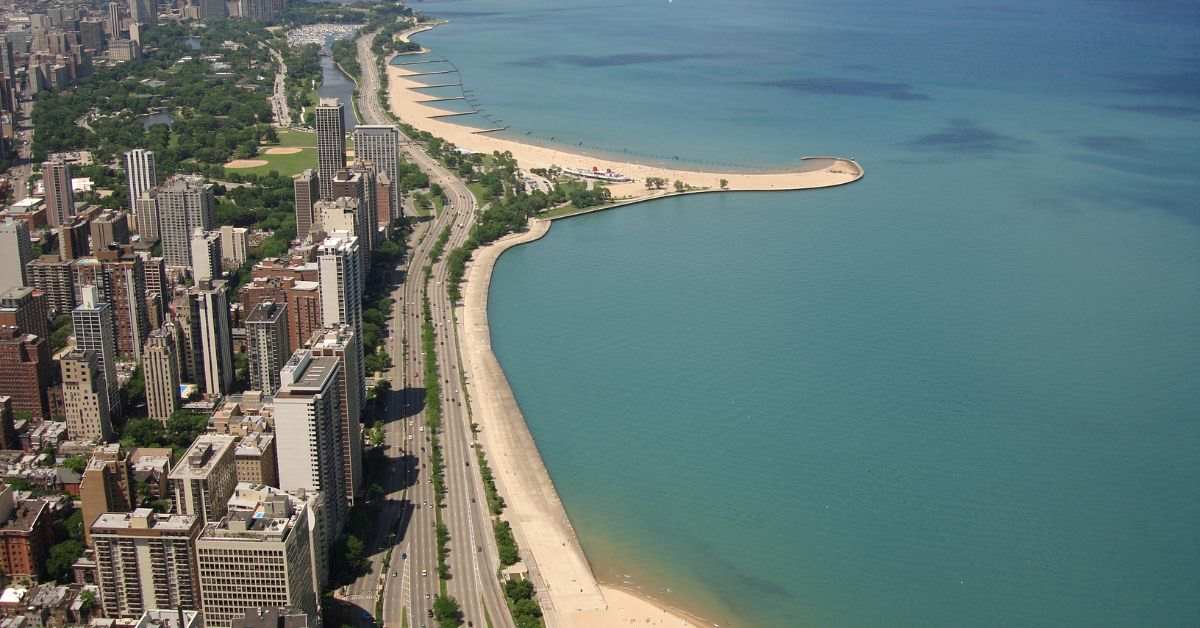
Source: Wikimedia Commons
Just like Lake Superior and Lake Huron, Lake Michigan is one of the Great Lakes in North America. Among the Great Lakes, it is the only one that is entirely within the United States, bordered by the states of Michigan, Wisconsin, Illinois, and Indiana.
Additionally, the lake got its name from the Ojibwe word mishigami, which means “large lake.” Furthermore, what makes it more fascinating is the fact that its surface area is larger than the entire country of Slovenia, which means that the whole country could fit inside Lake Michigan.
Lake Erie
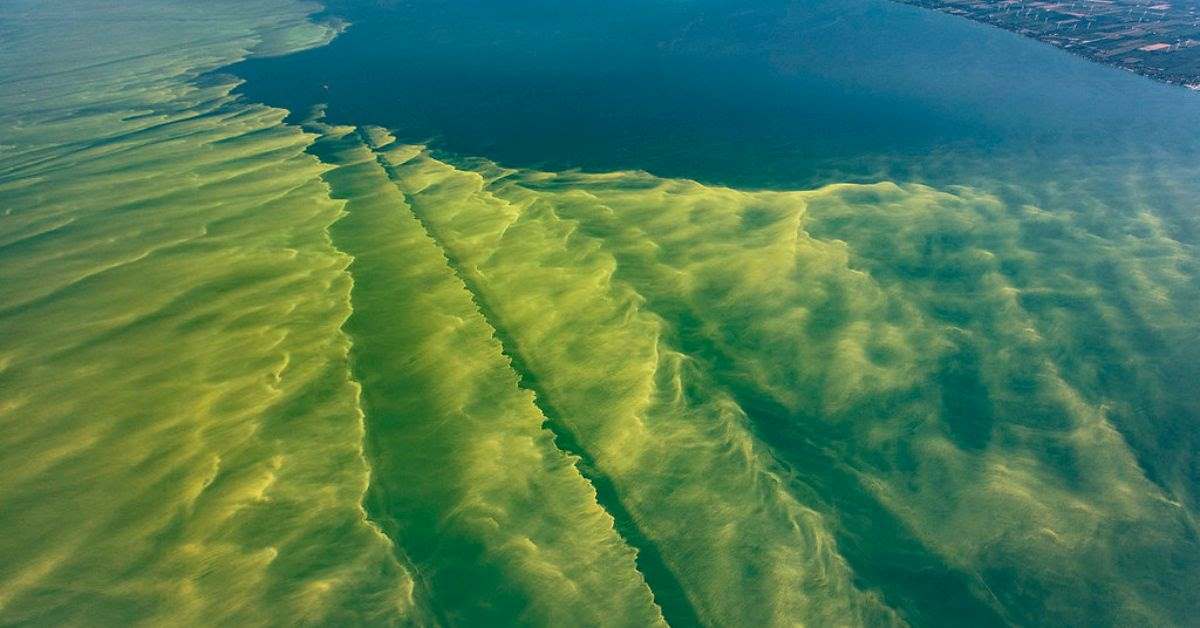
Source: Alliance For the Great Lakes
On the fourth spot is Lake Erie, which is situated on the eastern border between the United States and Canada. Lake Erie, just like its name, is truly unique and holds the title of being the shallowest and warmest of all the Great Lakes, with an average temperature of 62.6°F (17°C).
It is particularly known for its beautiful sunsets, which appear so vibrant and picturesque from the shores of Ohio since it shares its boundary with the state on the southern coast. It also supports a wide variety of fish species and provides important habitats for migratory birds.
Lake Ontario
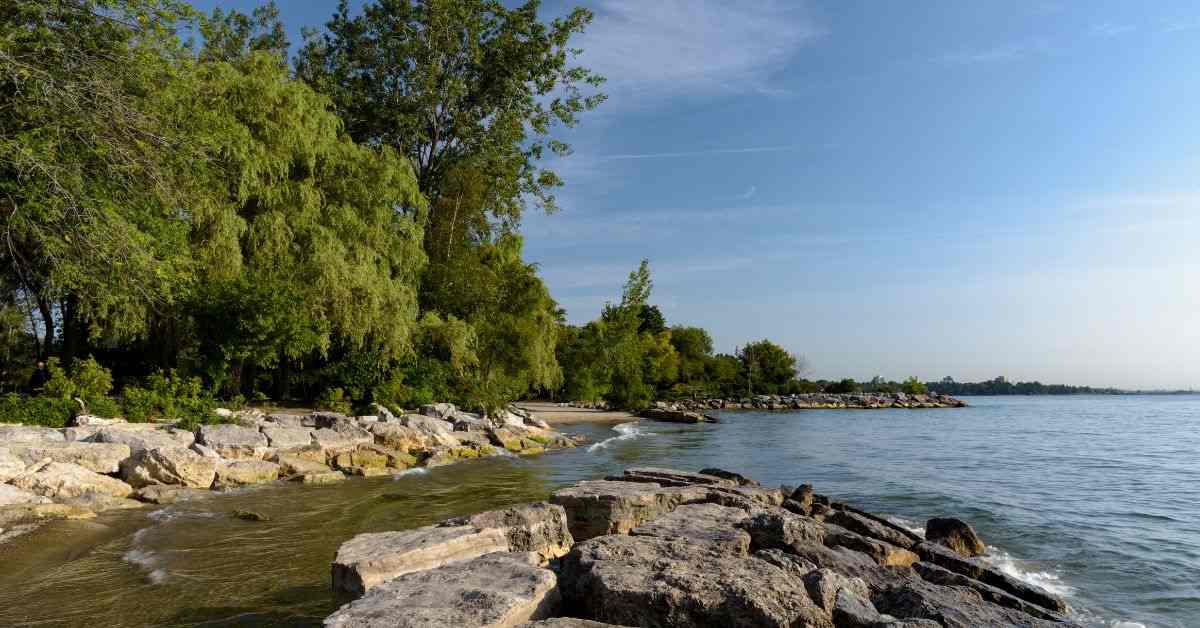
Source: Wikimedia Commons
Lake Ontario is the fifth and smallest lake out of the four Great Lakes. Located on the border of the United States and Canada, it is known for its deep waters and diverse wildlife. It is the most distinctive lake since every drop of water that flows through the rest of the four travels through it.
Additionally, the lake is crucial for transportation, water exchange, and fish migration since it is very close to the Atlantic Ocean and serves as a gateway for ships travelling between the Great Lakes and the Atlantic Ocean.
Lake of the Woods
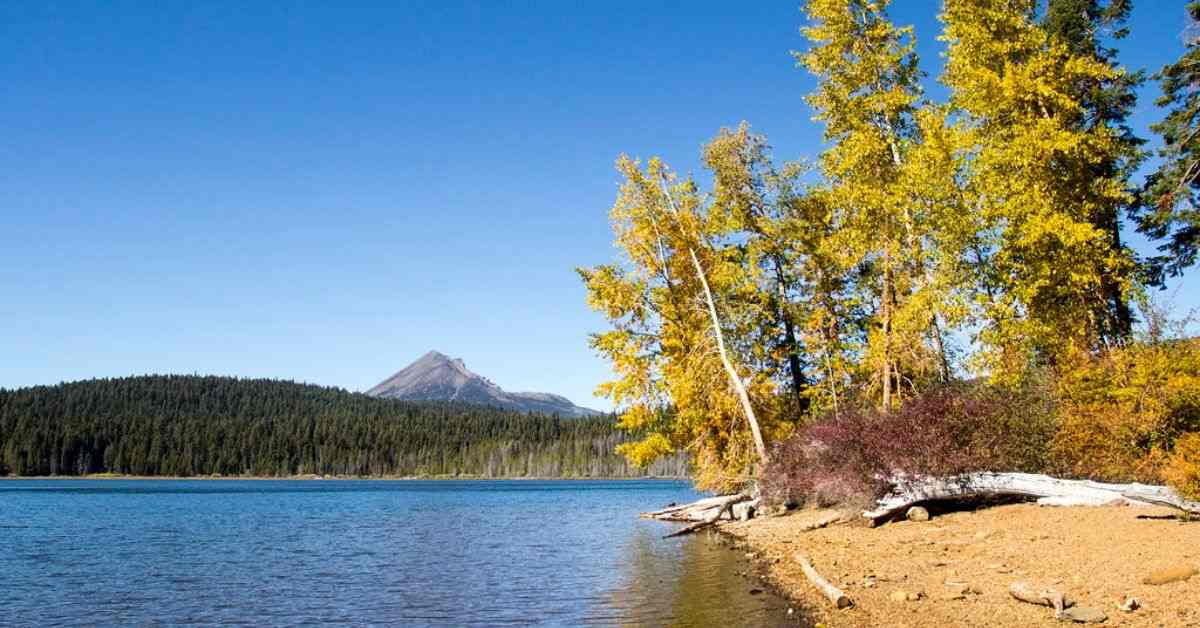
Source: Flickr
As its name suggests, Lake of the Woods is a magnificent body of water located in northern Minnesota and southern Ontario. Encircled by thick forests, it has over 14,500 islands, which are home to an array of wildlife, including bears, deer, and bald eagles.
Additionally, the lake's water is so crystal-clear that you can see up to 25 feet, or 7.6 meters, below the surface. Furthermore, it is a favourite spot for fishing enthusiasts, with abundant populations of walleye, northern pike, and muskie.
Iliamna Lake
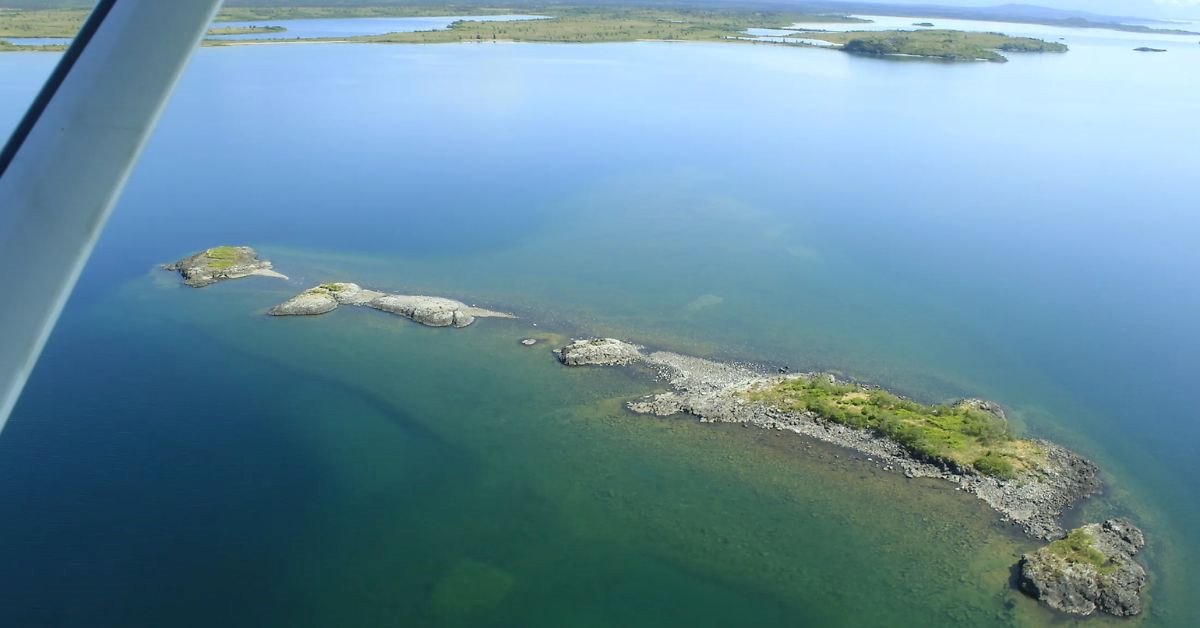
Souce: World Atlas
Iliamna Lake, surrounded by the Chigmit Mountains, is the highlight of our list. This beautiful lake is located in the southwestern part of Alaska, near the town of Iliamna, and is the largest freshwater source in North America.
It is spread over 1,012 square miles and offers stunning views of the surrounding mountain ranges. Furthermore, it is home to several species of fish, including sockeye salmon, lake trout, and Arctic char, making it a popular destination for anglers.
Great Salt Lake
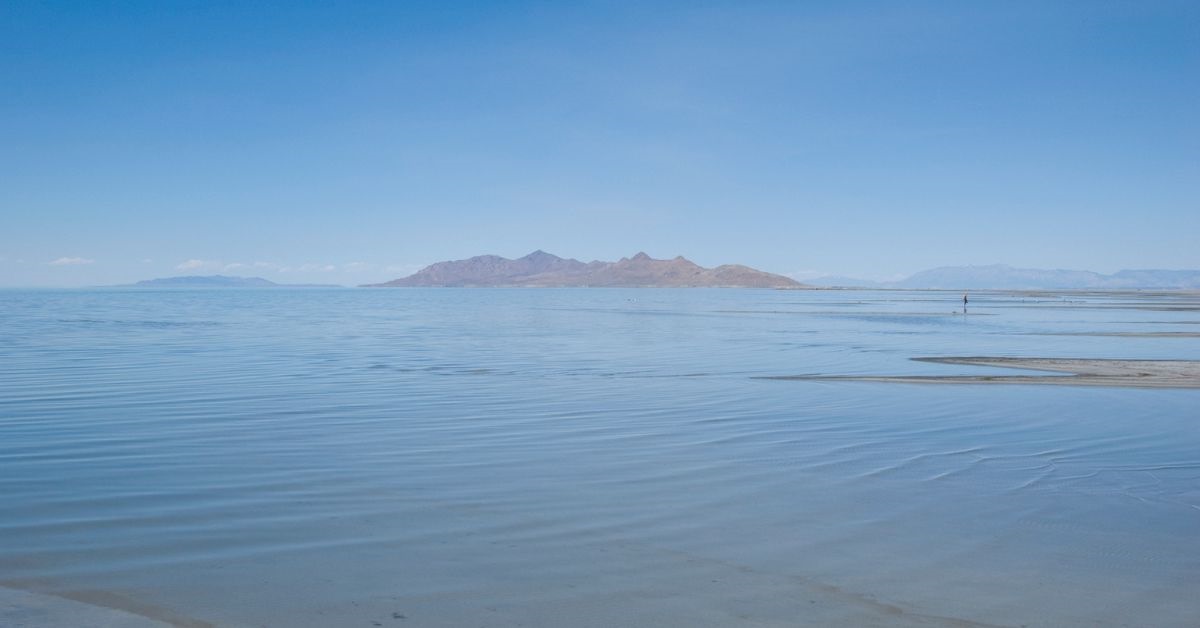
Source: Wikimedia Commons
The Great Salt Lake is a saltwater lake in the Western Hemisphere of the United States, with a salinity level 8x higher than that of the ocean. It is also the saltiest lake in the world, covering an area of approximately 1,700 square miles.
The lake is a remnant of the prehistoric Lake Bonneville and is a popular spot for tourists due to its stunning scenery. You can find a diverse array of bird species, including pelicans and seagulls, along with brine shrimp and algae that thrive in the lake's salty waters.
Lake Oahe

Source: Flickr
Running from South Dakota to North Dakota, Lake Oahe is the largest man-made lake in the United States. It serves as a reservoir along the Missouri River, providing water for irrigation, hydroelectric power, and more.
The lake stretches over 231 miles and covers over 370,000 acres of land. You can find chinook salmon, which was basically artificially added, thriving in the waters of Lake Oahe. You can also see a variety of other fish species that are naturally transported by the Missouri River.
Lake Okeechobee
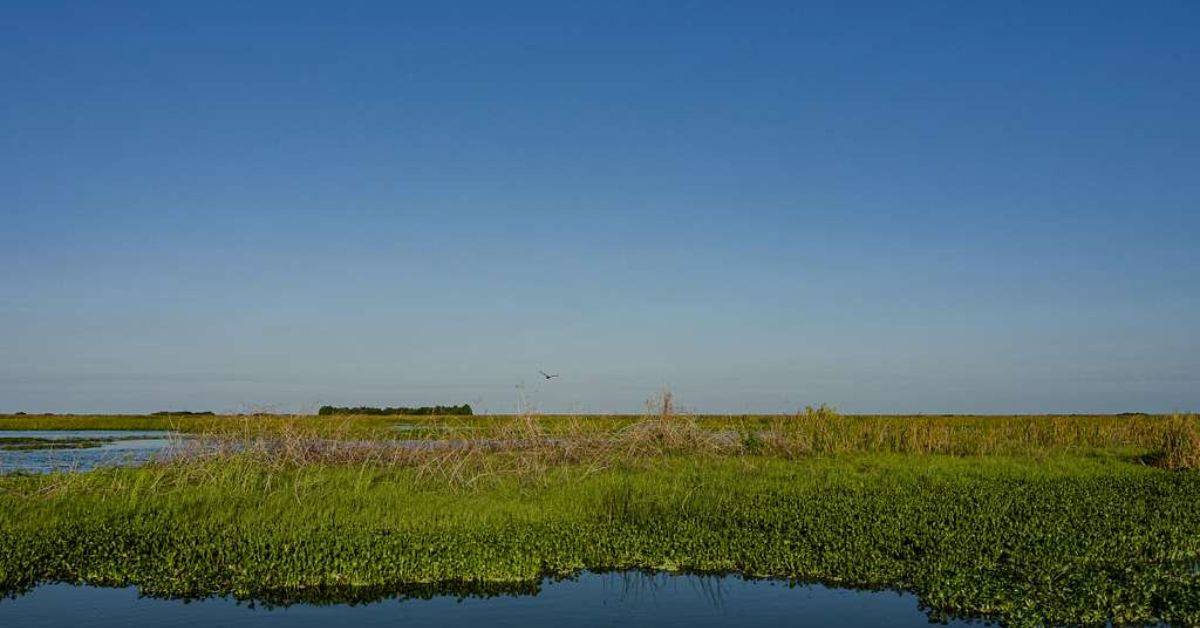
Source: NARA & DVIDS Public Domain Archive
On the last spot, we've got Lake Okeechobee, which is the second-largest freshwater body after Lake Michigan in the contiguous United States. It covers over 730 square miles and is a vital water source for South Florida's agricultural industry.
The name was derived from the Seminole language, which means “big water." The lake is part of the Everglades system and connects to the Atlantic Ocean via the Caloosahatchee River and the Gulf of Mexico via the St. Lucie River.
What are the Great Lakes?
The Great Lakes is not the name of a particular water body; rather, it is a group of five interconnected freshwater lakes located in North America.
These lakes are Lake Superior, Lake Michigan, Lake Huron, Lake Erie, and Lake Ontario, and they form the largest group of freshwater lakes in the world by total area.
These lakes rank among the 14 largest lakes in the world by surface area. Lake Superior is the second-largest lake in the world, containing about 10% of the world's surface freshwater.
Additionally, Lake Huron is the 4th largest lake in the world, while Lake Michigan is the 5th largest. Furthermore, Lake Erie is the 11th largest, and Ontario is the 14th largest lake in the world. Together, these five lakes hold about 84% of North America's surface freshwater.
Conclusion
Lakes are an important freshwater source for many communities around the world. The United States alone contains over 123,000 lakes larger than 10 acres in size. These bodies of water provide drinking water, recreational opportunities, and support diverse ecosystems.
The country has the world's most enchanting and breathtaking lakes, such as the Great Lakes and Iliamna Lake. These natural wonders attract millions of visitors each year and contribute significantly to the local economies through tourism.
In our article, we've covered the top 10 largest lakes in the United States based on surface area, showcasing the vastness and beauty of these bodies of water.
Comments
All Comments (0)
Join the conversation